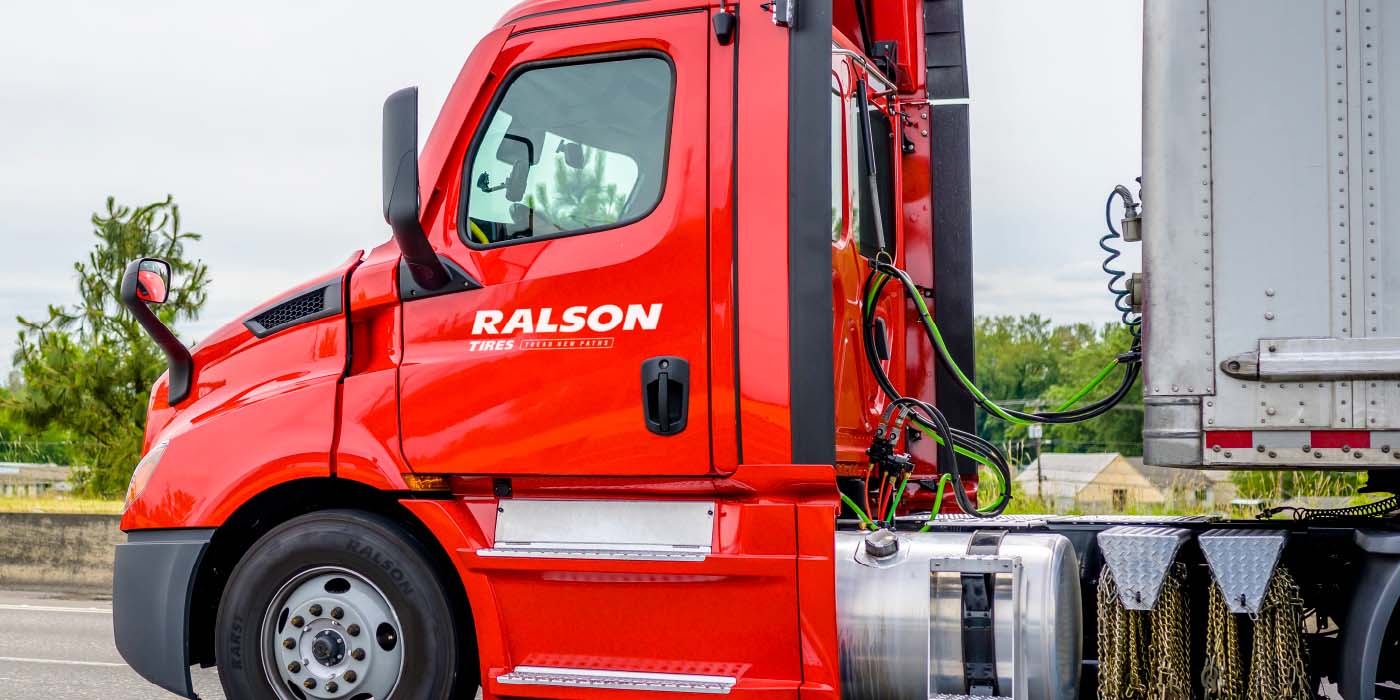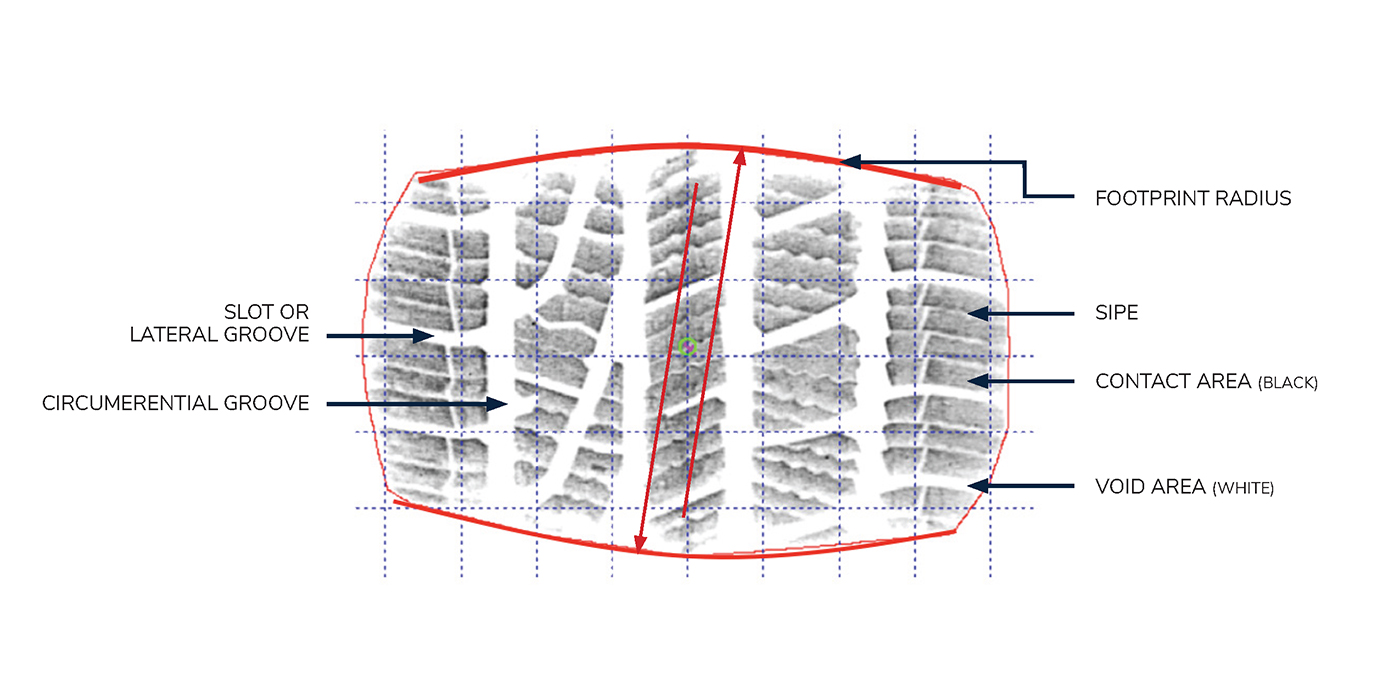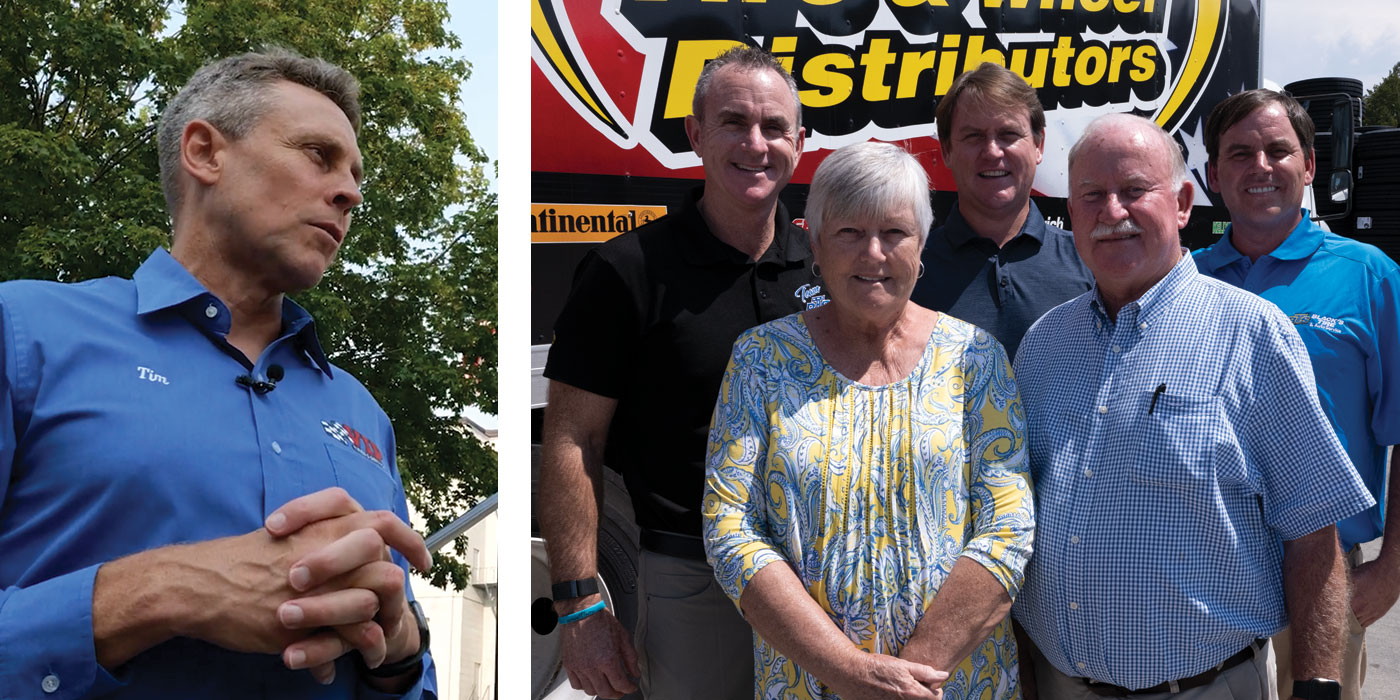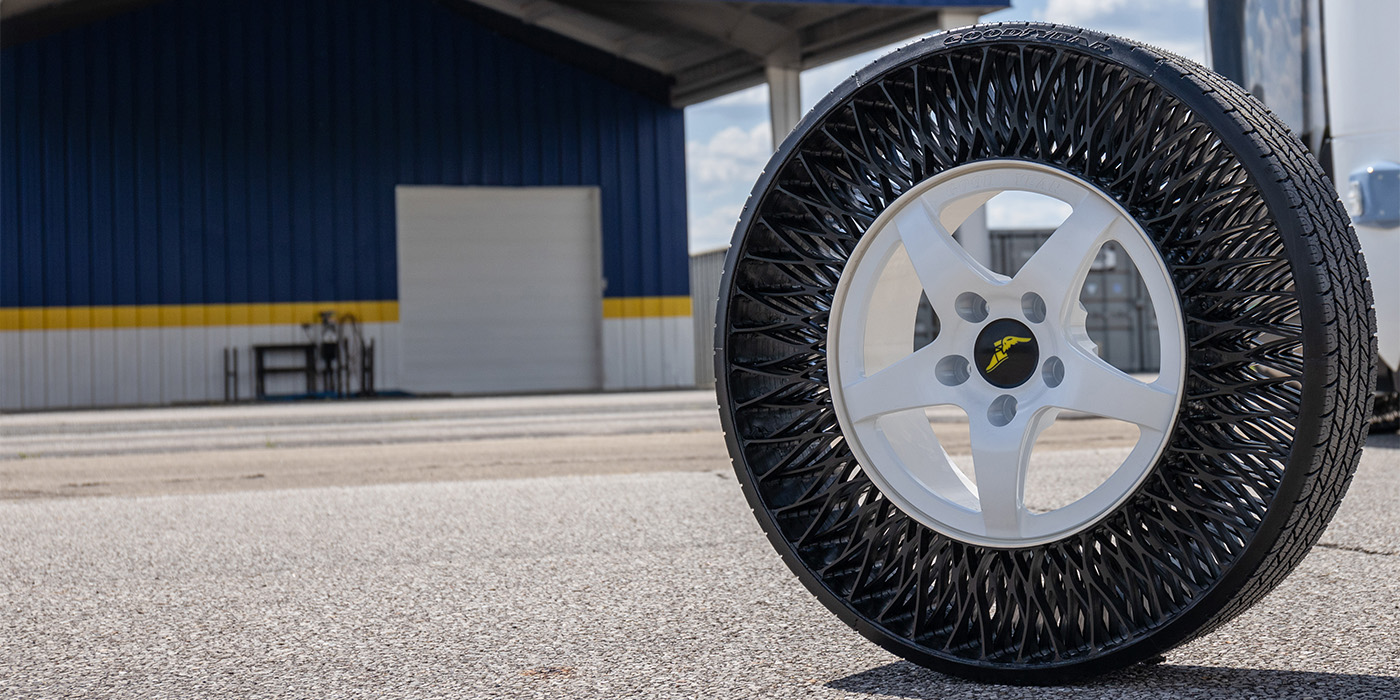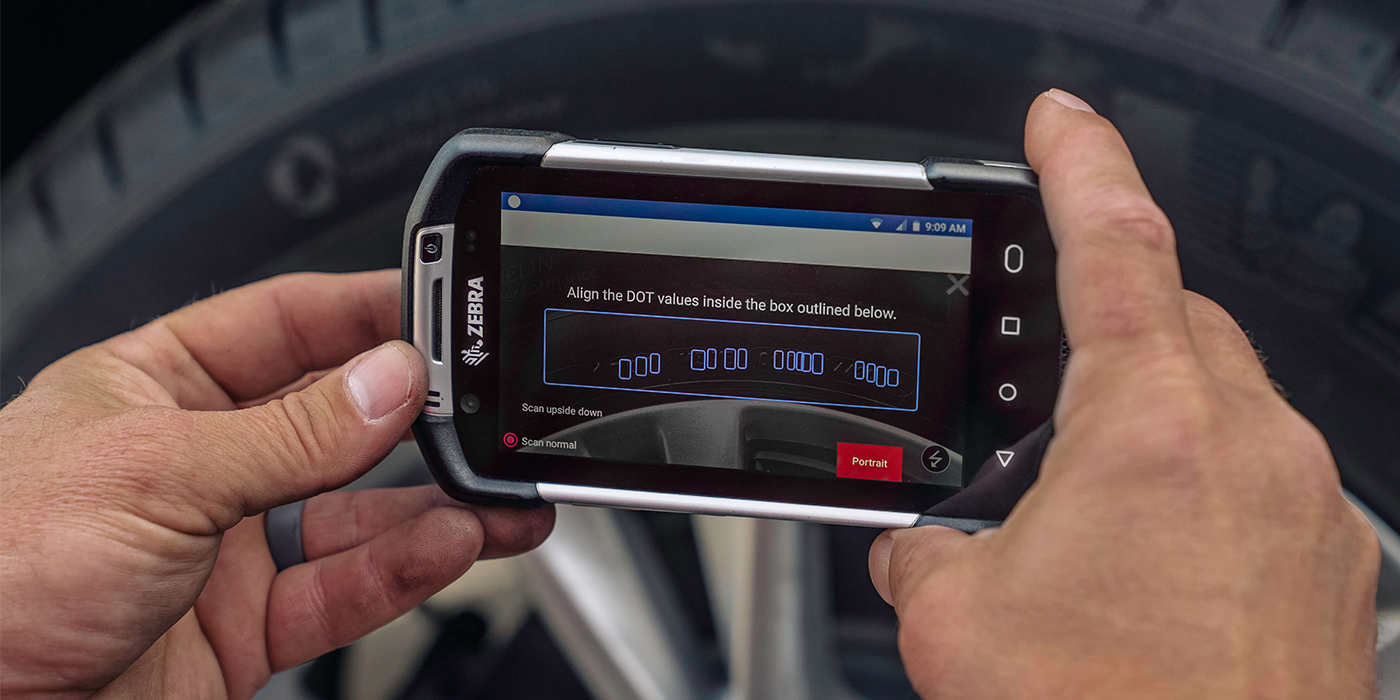Kimber Lanning will tell you quite proudly that she is the only female record store owner in the U.S. And the Phoenix resident also owns and operates an art gallery.
Those two money-making endeavors are not her primary focus, though. Her other waking hours are fixed on other local market businesses, as founder and director and chief rainmaker for Local First Arizona.
She created LFA a decade ago after getting “pissed off” at how large corporations were being perked by local government – and how local businesses were their own worse enemy by supporting those big businesses with their own purchases.
It’s the local market econ-system that she seeks to educate others about – be they politicians (usually), consumers or her fellow local business owners. She challenges with a rash of statistics and facts – all pointing, for instance, to the unintended negative impact each $4 spent at Starbucks (an fine company, she reminds) has and how it snowballs on a local economy.
Lanning and her compatriots across North America and Tire Review believes this: It is vital to the survival of a local community to spend your money with local small businesses.
In the case of Arizona, a company like outfitter Cabela’s will be given millions in “incentives” to locate in Glendale. These arrangements are not illegal, Lanning points out, but they create untenable imbalance. What local politicians and residents fail to see is where the money really goes.
When you spend $100 in a national retailer’s store, only $13 remains in the local community, according to the Civic Economics Study. That same $100 spent with a local business nets $45 locally.
Enticing one major national retailer to Arizona meant a $28 million giveaway, Lanning noted. Think about how many sales that one store has to generate to make that up if only 13% of revenue stays home? More importantly, think about how much stronger your economy would be if that same $28 million was invested in local businesses.
Local business revenue stays local. Walmart is based in Arkansas, Cabella’s in Nebraska, Home Depot in Georgia. That’s where the 87% goes.
Politicians line up to line the coffers of big boxers, buying the lie that thousands of new jobs will arrive. Fact is, Lanning points out, for every two jobs created by a Walmart or Costco or Cabela’s or Home Depot or Sears or Office Max, three good paying local jobs are lost. For good.
These are not evil-doers or bad businesses, and, yes, it is hard to “buy local.” But the health of your community is better served by strong, successful small businesses. They pay more in taxes, deliver better paying jobs and do more to support all aspects of local life than any big-boxer.
The promise of lower-than-local prices is based on “economies of scale.” You understand economies of scale, right? It’s what gives Walmart better tire acquisition pricing than what you get. Not to mention company-owned stores and price clubs and car dealers and, well, a lot of your competition.
Consumers are not the worst offenders. Small businesspeople – the ones who benefit most by “buy local” promotions – need to quit shooting themselves in the feet, Lanning says. Every small business needs office supplies, but where do they go? New business cards? Computers or other supplies?
Groups like LFA (localfirstaz.com) help make “think local”easier to understand and explain. There’s the national Business Alliance for Local Living Economies (BALLE) (bealocalist.org) you can look to for help, as well. BALLE’s mission: “creating real prosperity by connecting leaders, spreading solutions that work, and driving investment toward local economies.”
And then there is your own local econ-system. There are groups like the Executives’ Association of Greater Phoenix, 100 or so local business owners who banded together around the simple vow of doing business with each other.
When Bob the plumber needs new fencing, he calls fellow EAGP member Tony, the local fence guy. Membership is restricted to one of each product or service category; so there can only ever be one fence guy in the group.
Mutual backscratching is highly effective. Member-to-member recommendations are as good as gold, and can mean tens of thousands of new sales each year. There are 110 of these ‘executive associations’ across the U.S., so it should be easy to find one.
Being the local go-to place for tires and service means you won’t get a multi-million-dollar tax abatement, but you still need to explain to local pols and customers just what you mean to the local community. Look for resources like BALLE and business groups to help you spread the good word.

